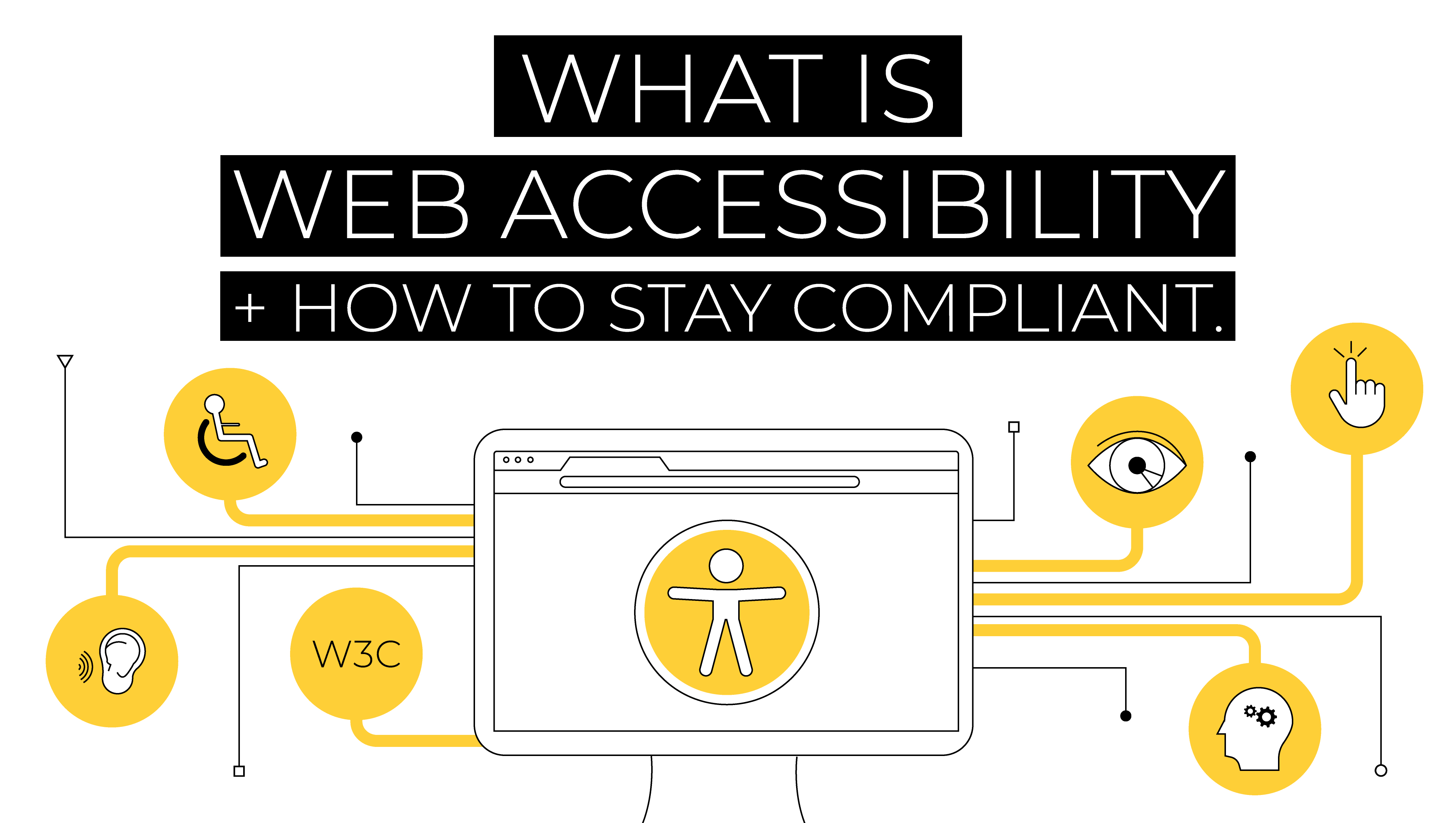News Blast
Your daily source for breaking news and insightful articles.
Accessibility: Not Just a Checkbox
Discover why true accessibility goes beyond compliance—transform your approach and unlock a world for everyone!
Understanding the True Meaning of Accessibility: Beyond Compliance
Accessibility is often perceived as merely adhering to a set of regulatory standards or guidelines, such as the Web Content Accessibility Guidelines (WCAG). However, true accessibility goes beyond mere compliance. It involves creating an inclusive environment where all individuals, regardless of their abilities or disabilities, can engage with content seamlessly. This encompasses not only physical access but also cognitive and sensory accommodations, ensuring that everyone can navigate, understand, and interact with information effectively.
To achieve genuine accessibility, organizations must embrace a holistic approach that considers the diverse needs of their audience. This may include utilizing various formats for content delivery, such as text, audio, and visual aids, ensuring compatibility with assistive technologies. Moreover, by soliciting feedback from users with disabilities and making iterative improvements, content creators can foster a culture of inclusivity that truly embodies the essence of accessibility—a commitment to making resources available and usable for everyone.

How Accessibility Benefits Everyone: The Inclusive Approach
Accessibility is often viewed primarily as a requirement for individuals with disabilities, but its impact extends far beyond. When environments, products, and content are designed with accessibility in mind, they enhance usability for everyone, including older adults, parents with children, and those with temporary injuries. For instance, features like ramps, captions, or voice-activated controls can be beneficial in various situations, making daily activities easier and more efficient. This inclusive approach not only fosters a sense of belonging but also encourages creativity and innovation, as diverse perspectives lead to better problem-solving.
Moreover, making accessibility a priority is a win-win for businesses and society at large. Improved accessibility can widen the customer base, as products and services become available to a larger audience. In fact, research shows that companies focusing on accessibility often see an increase in customer loyalty and satisfaction. Additionally, when organizations champion an inclusive approach, they set a positive example within their communities, promote social responsibility, and contribute to the overall well-being of society. Ultimately, accessibility isn’t just a requirement; it is a pathway towards an equitable and inclusive future.
Common Myths About Accessibility: Debunking Misconceptions
Accessibility is often misunderstood, leading to several common myths that may discourage organizations from prioritizing it. One prevalent myth is that making a website accessible is a cumbersome process that requires extensive resources and technical expertise. In reality, incorporating accessibility features can be straightforward and cost-effective, especially when planned from the outset. By adhering to established guidelines and using available tools, businesses can improve the user experience for everyone, not just individuals with disabilities.
Another misconception is that accessibility is only about accommodating those with visible disabilities, such as blindness or mobility impairments. However, true accessibility extends to a wide range of users, including those with temporary impairments, aging populations, and cognitive difficulties. It's essential to recognize that designing with inclusivity in mind not only benefits individuals with disabilities but also enhances usability for all, promoting a more equitable digital landscape.